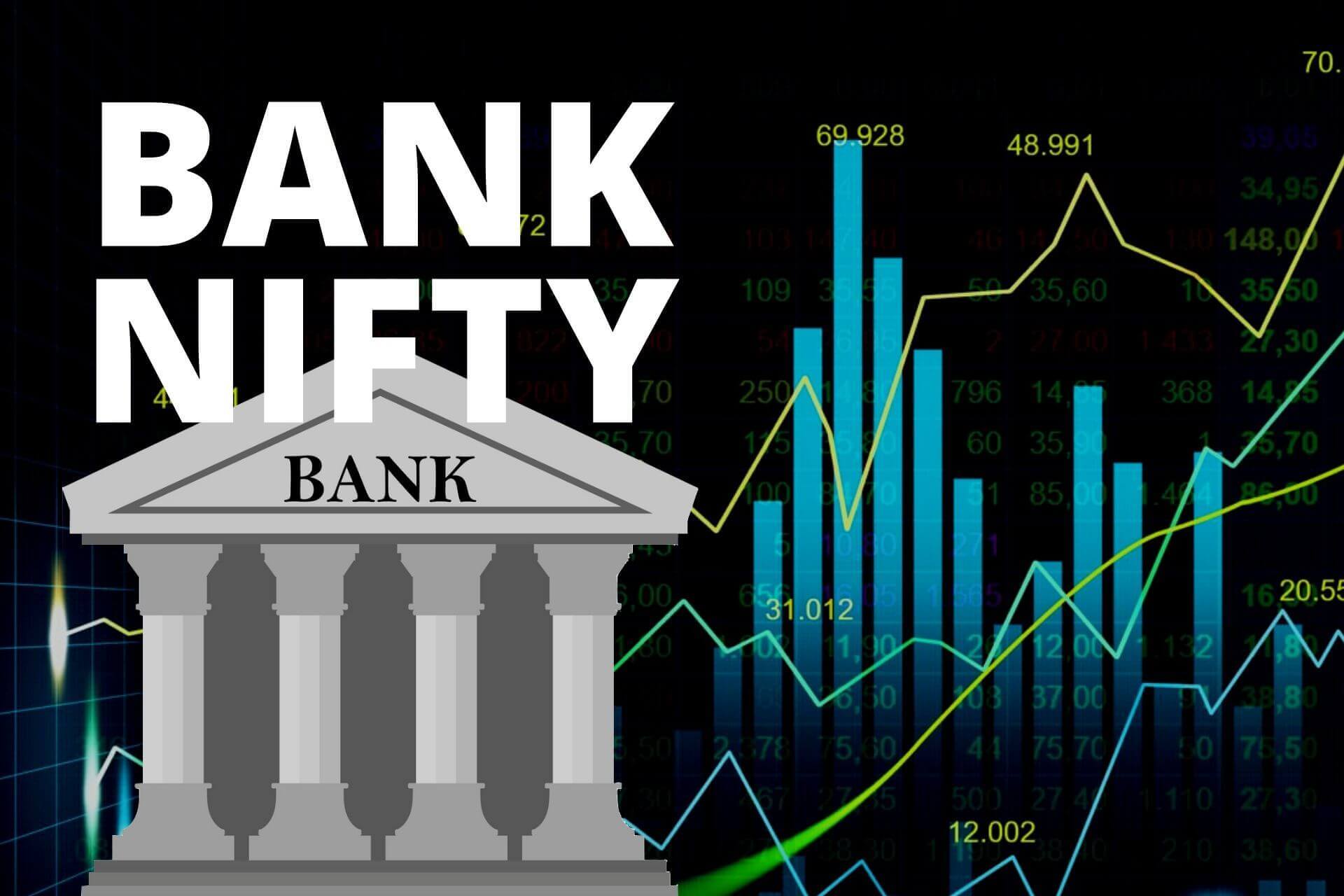The performance of the top banks and financial services providers in the nation is tracked by the Nifty Bank Index, a critical gauge of the health of a Indian stock market. In this post, you’ll go into the specifics of a nifty Bank Index, looking at its makeup, how it’s calculated, and why it matters to investors.
What is Nifty Bank Index?
A Nifty Bank Index is the benchmark index that includes the largest as well as most liquid banking as well as financial services businesses listed on the National Stock Exchange (NSE). Commercial banks, non-banking financial corporations (NBFCs), as well as other financial institutions are represented in the index.
The Nifty Bank Index is created using the free-float marketplace capitalization-weighted methodology, which means that the weights of the index components are decided by their free-float marketplace capitalization. This strategy assures that the index accurately reflects s market capitalization of a component firms that are open for trade, while removing shares held by promoters, governments, and other locked-in investors.
How to Invest in Nifty Bank
Investors may participate in the Nifty Bank Index using a variety of vehicles, including exchange-traded funds (ETFs), and mutual funds, as well as direct investments in the member companies.
Because they offer diversity and expert management, ETFs and mutual funds are a simple method to invest in a Nifty Bank Index. Direct investing in the constituent equities need a thorough grasp of the banking sector as well as the financials and business strategies of the individual firms.
Nifty Bank vs. Nifty 50
A Nifty Bank Index as well as a Nifty 50 Index are 2 of a most widely followed indexes in India. The Nifty Bank Index follows the performance of a banking as well as financial services sector, whereas the Nifty 50 Index tracks the performance of the top 50 firms listed on the NSE across multiple industries.
Because the banking as well as financial services sector has a crucial engine of India’s economic growth, the Nifty Bank Index has traditionally outperformed the Nifty 50 Index. The performance of two indices, however, might fluctuate based on a variety of factors, including market circumstances, sector-specific changes, and worldwide events.
Future Outlook for Nifty Bank
The Nifty Bank Index’s future forecast is favourable, with a banking as well as financial services industry projected to continue to play an important role in India’s economic growth. The Indian government’s emphasis on financial inclusion and digital infrastructure development is likely to stimulate demand for the banking as well as financial services.
The industry is also predicted to profit from the Indian economy’s recovery during COVID-19, as firms and individuals would want credit as well as another financial services. However, the sector may encounter problems like as increased competition from fintech companies as well as regulatory changes that might have an impact on profitability.
Conclusion
The nifty 50 today, which tracks a performance of a banking as well as financial services sectors, is an important measure of the health of the Indian stock market. The index includes a most liquid as well as large-cap banking and the financial services businesses listed on a NSE, and its performance is influenced by a variety of variables, including macroeconomic data, company-specific news, and worldwide events.
Investors may participate in the Nifty Bank Index using a variety of vehicles, including ETFs, and mutual funds, as well as direct investments in a member companies. The industry is projected to continue to play an important role in India’s economic growth, as well as the Nifty Bank Index’s future forecast is favourable. Investors, on the other hand, should be aware of the difficulties and hazards connected with investing in a banking and the financial services sector.
